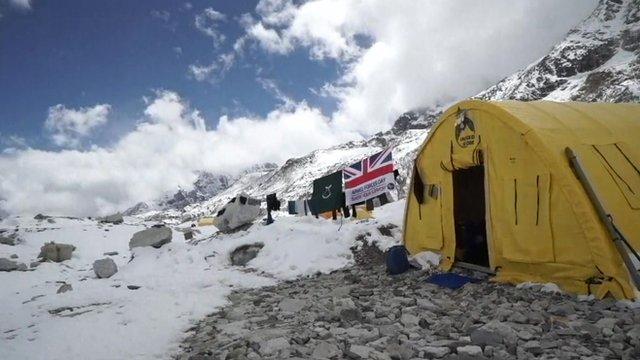'Climbing Everest became my reason to live'
- Published
'Mount Everest taught me to keep things simple'
Climbing Everest is an extreme undertaking and certainly not for the faint-hearted.
This season, due to extreme weather conditions, at least 10 people were reported dead or missing.
However, following a severe accident in 2006, scaling the highest peak in the world became Robby Kojetin's "reason to get out of bed every day".
The avid climber almost had one of his feet amputated and, in his own words, "hit rock bottom" when he fell from a climbing wall and broke both of his ankles.
Now a motivational speaker, Mr Kojetin travels the world to share his experience of how "the worst thing that ever happened to (him) has become the best".
The 41-year-old South African was invited to Belfast to talk about overcoming obstacles and recovering stronger.
We caught up with him on an unseasonably icy day when he climbed the highest peak in Northern Ireland - Slieve Donard.

Robby Kojetin successfully climbed Mount Everest after almost losing his left foot following a climbing wall accident
A split-second decision
As a child, Mr Kojetin says he was more fascinated by pictures of mountains in the National Geographic than cars in motor magazines.
It was in his 20s that he embraced his passion through rock climbing.
However at 28, a split-second decision on an indoor climbing wall changed everything.

Mr Kojetin has climbed numerous mountains, including conquering Kilimanjaro nine times
"I was on the bouldering wall, and I was probably no more than 3ft (0.9m) off the ground when I turned to jump," Mr Kojetin explains.
"My feet landed on a rip in the foam blocks beneath me and my body weight pushed my feet together and forced them to fold over backwards.
"I had nine breaks in my left foot and 14 in my right, and some of my tendons were partially torn.
"I'm going to go out on a limb and say it's the closest I'll ever get to experiencing childbirth."
'Rock bottom'
Following an emergency trip to the hospital and subsequent surgeries, Mr Kojetin said it was not just the physical effects of his accident that started to take toll.

After the accident, Mr Kojetin was unable to put weight on his feet
"I was in a wheelchair and both of my feet were in plaster cast," he said.
"I needed help getting in and out of the bath, and living in an upstairs apartment in a wheelchair was not easy.
"The life I had was taken away by one simple mistake.
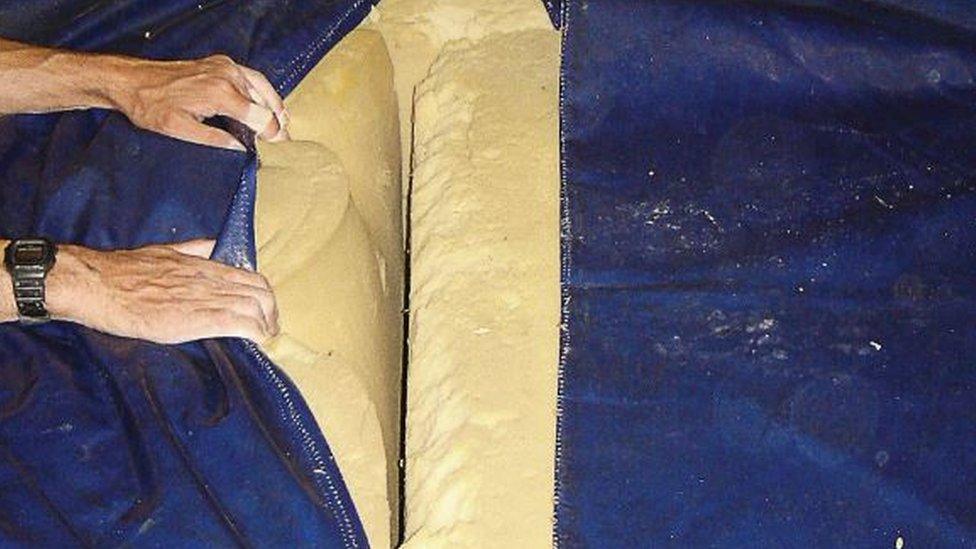
The rip in the landing mat which Mr Kojetin landed on, causing his feet to "fold over backwards"
"As time went on, you think, 'ok so right now this means I can't do this' and then you find out your friends are doing something else, and then you realise that's another thing you can't do.
"It took about seven months for my mindset to take a deep downturn.
"I lost my business, I moved back in with my mother, I was in debt and extreme depression."
'Keep things simple'
Mr Kojetin said things couldn't continue as they were, so he set himself a challenge.
"Mount Everest for me, boiled down to being my reason to live," he said.
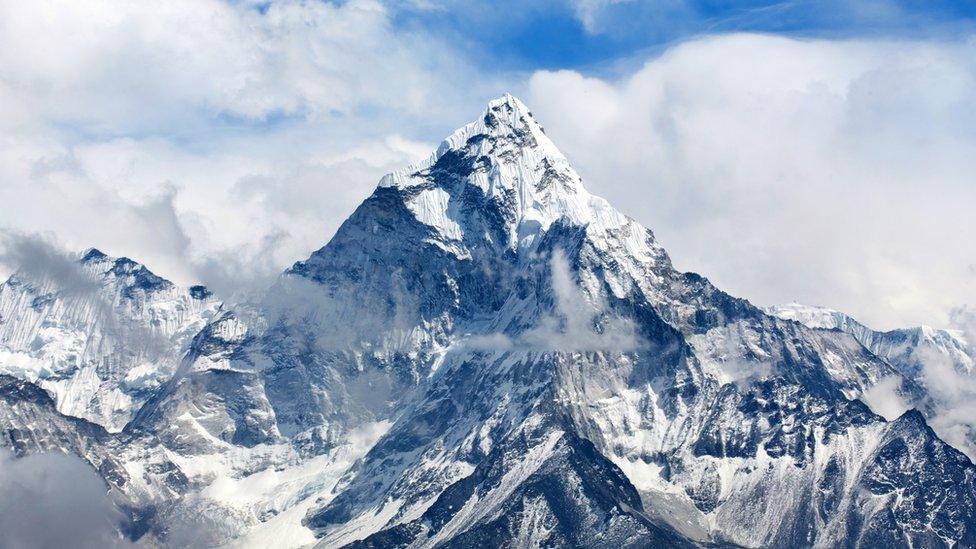
Mount Everest is the highest peak on Earth
"I made a conscious decision to take it from just being every climber's dream to my ultimate goal, and my reason to get out of bed and to go through more surgery and physiotherapy.
"It took me two-and-a-half years to source the funding and to prepare and rebuild my body."
Allow Instagram content?
This article contains content provided by Instagram. We ask for your permission before anything is loaded, as they may be using cookies and other technologies. You may want to read Meta’s Instagram cookie policy, external and privacy policy, external before accepting. To view this content choose ‘accept and continue’.
In total, Mr Kojetin and his fellow climbers spent 74 days on the mountain, in which time he lost about 11 kg (24lbs).
He said the entire experience was almost a metaphor for his accident.
"There was certainly a parallel," he explained, "between every surgery I would go in and end up on my back for an extended period of time before getting back up," he said.
"It was a process, like my recovery - you get knocked back but you have to keep going forward.

Mr Kojetin (fourth in from the right) with fellow climbers, Tollymore National Outdoor Centre instructors and BBC NI journalist Tori Watson at the Mourne Wall on Slieve Donard
"What I learned on the mountain was to keep things simple.
"Break it down, one step at a time - don't look it as a mountain but rather a series of steps and before you know it you'll be on top."
While he has regained mobility, Robby says his ankles are still a source of pain.
"I can still feel them, like most people with serious injuries, but it's not enough to stop me doing what I love."
- Published25 May 2019
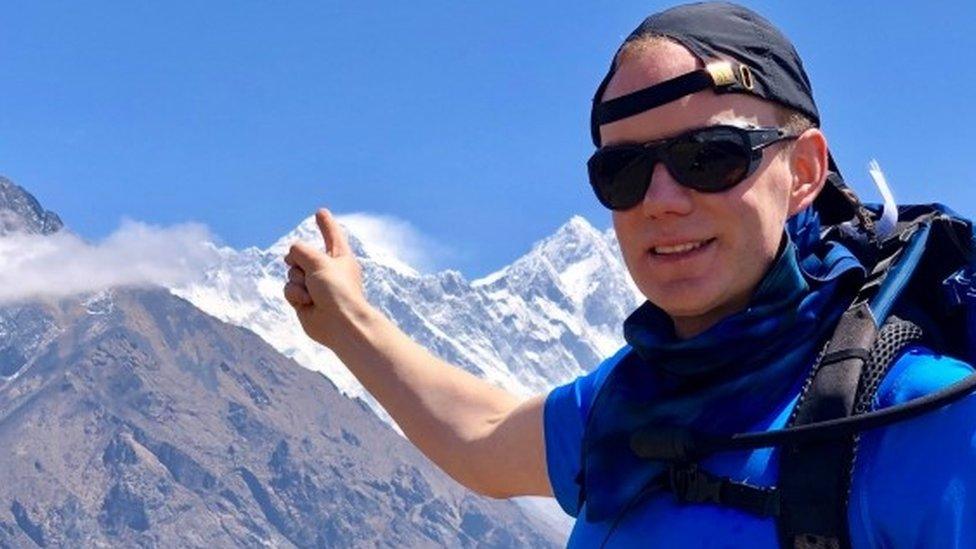
- Published21 March 2019
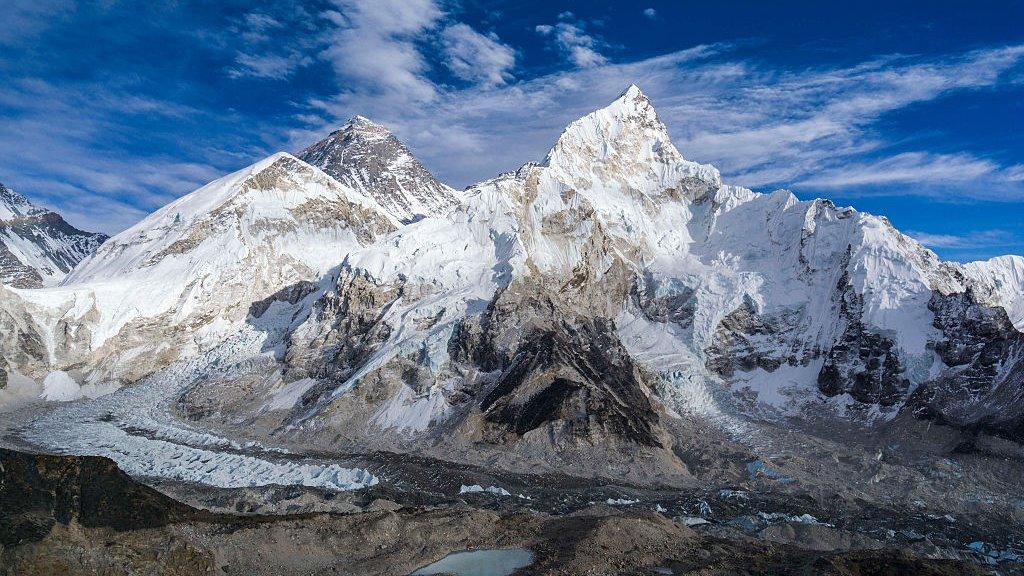
- Published31 August 2018
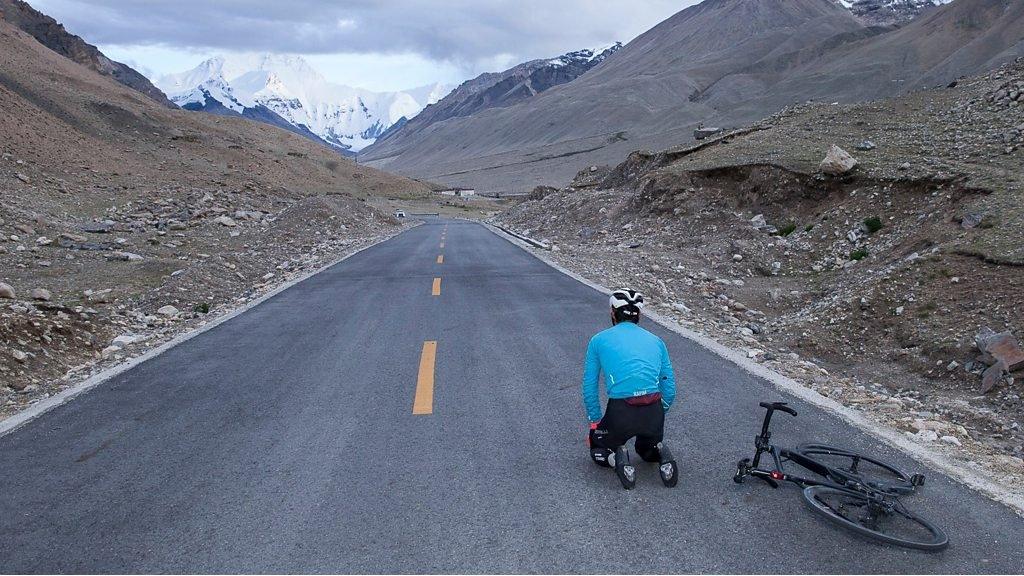
- Published31 July 2018
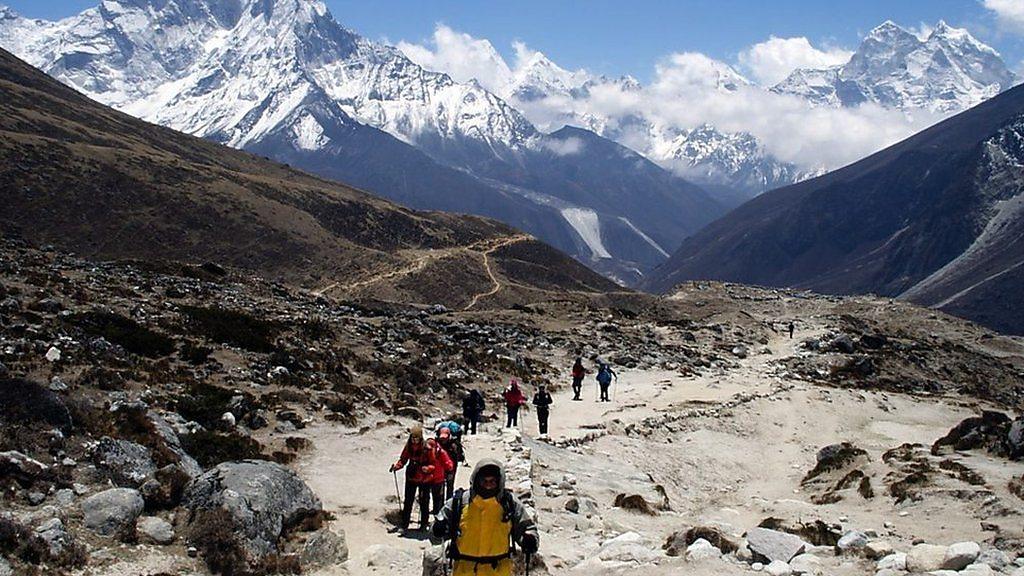
- Published14 May 2018
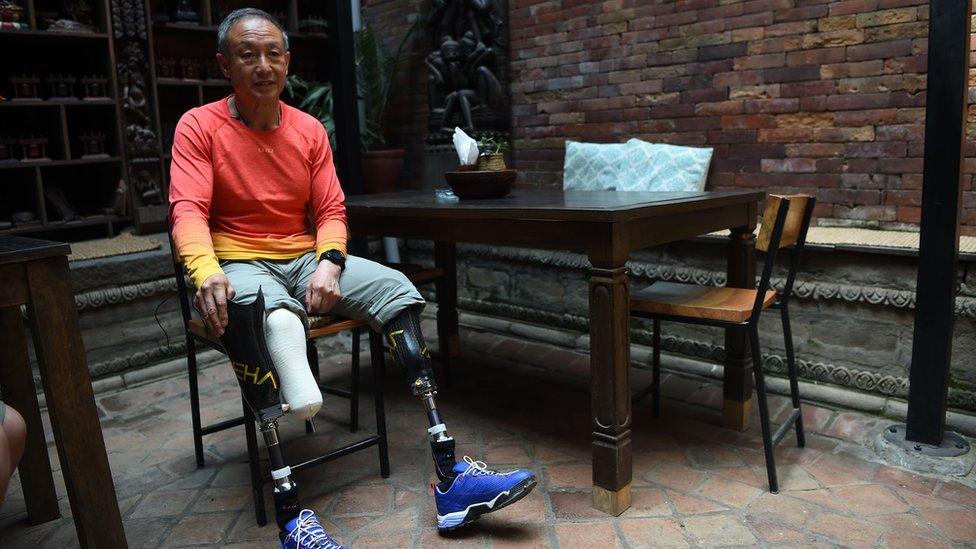
- Published30 December 2017
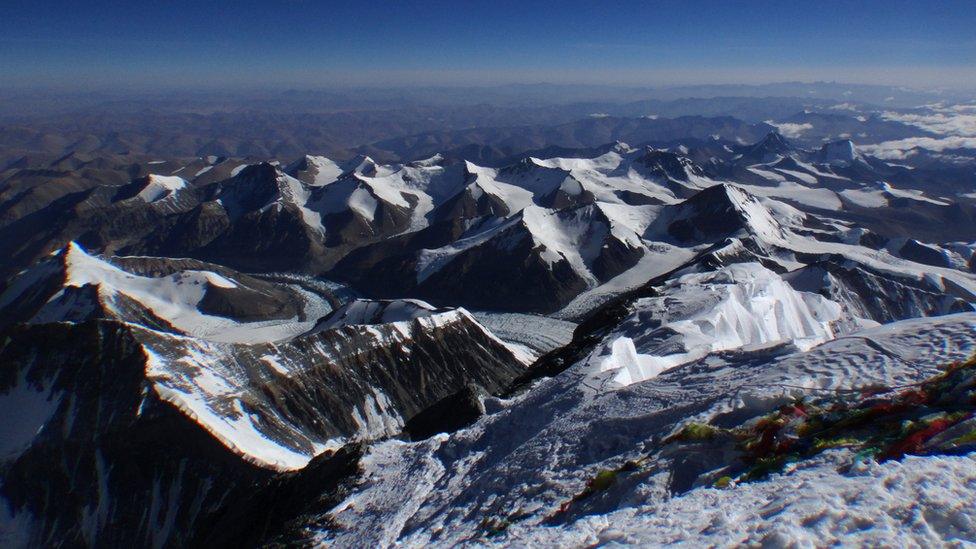
- Published18 April 2015
